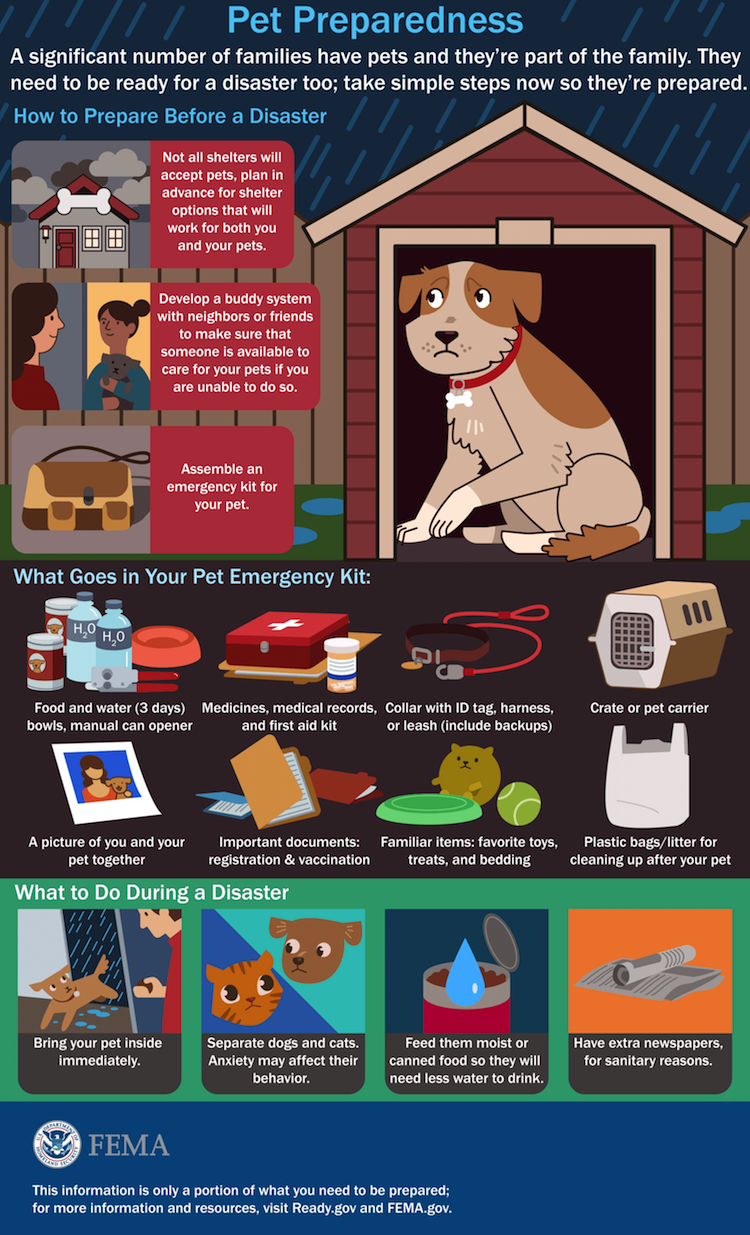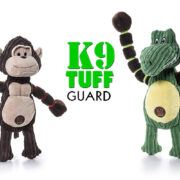Disaster Preparedness Helps Keep Pets In Hurricanes Safe
With Hurricane Florence barreling towards the East Coast of the U.S., many people are preparing for this dangerous storm. As beloved members of the family, it’s important to also plan for keeping our pets safe in disaster situations. Here are some tips to help keep pets in hurricanes safe as well as prepare for other emergency situations.
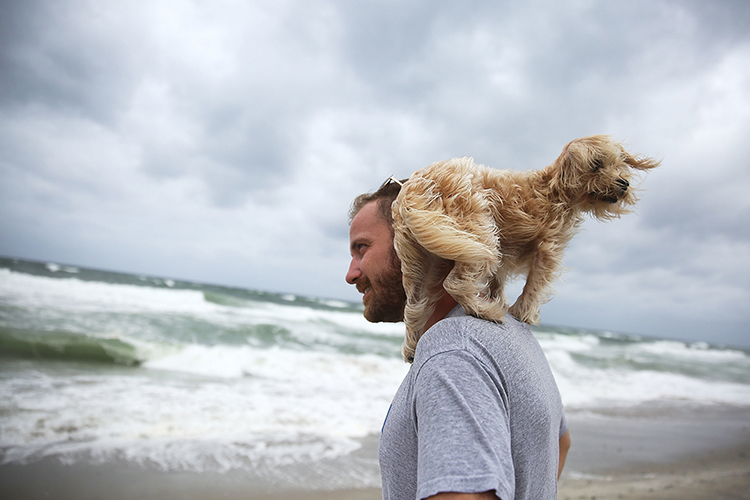
1) Have Updated Identification
Ensure that your pet can be identified in an emergency by either microchip or having an ID tag on their collar. Ideally, both are best since ID tags can occasionally get lost. Be sure to check that both have updated contact information in case you and your pet are separated.
2) Prepare An Emergency Kit
Create and store an emergency kit close to an exit in case you need to evacuate the area. Make sure that everyone in the family knows where the kit is kept and that it’s easy to carry. Pets in hurricanes or other emergency situations will need supplies just as much as their human family members. Important items to consider for your pet emergency kit include:
- Good, current photo of your cat or dog
- First aid supplies
- 3-5 day supply of water & pet food
- 2 bowls for food & water
- Safety harness and/or leash
- Poop bags
- Medical records (vaccination records), emergency contact list, & your contact information in a waterproof container
- Pet life jacket – if you live in flooding or hurricane areas
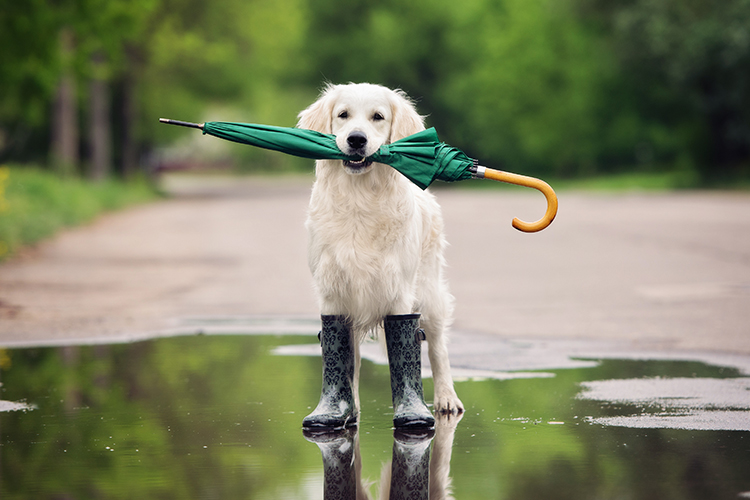
3) Display A Pet Rescue Decal On Front Door Or Window
These decals or stickers let rescuers and first responders know that pets are inside your home. Make sure it’s visible to rescue workers and includes the types and number of pets in your home, an emergency contact number or the name and number of your veterinarian. If you must evacuate with your pets, write “EVACUATED” across the sticker to let first responders know your pets are safe. You can order these decals for free from the ASPCA.
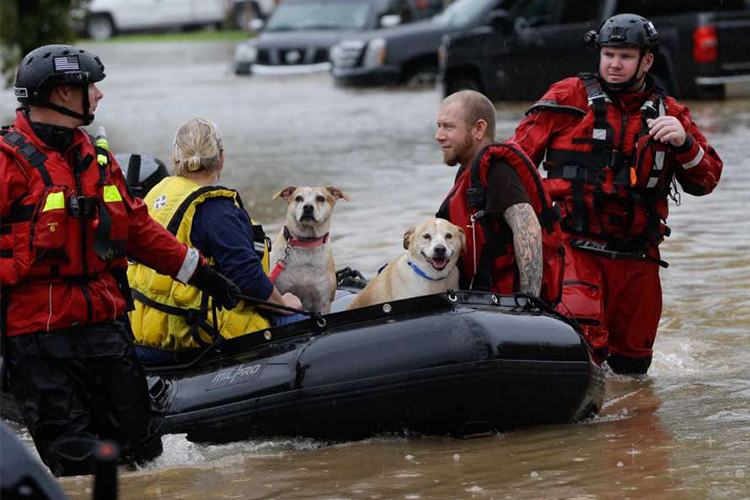
4) Arrange A Safe Haven
Arrange a safe place for your pets to go in the event of an evacuation. The ASPCA asks that you, “DO NOT LEAVE YOUR PETS BEHIND. If it isn’t safe for you, it isn’t safe for your pets. They may become trapped or escape and be exposed to numerous life-threatening hazards.” It’s important to remember that not all human emergency shelters accept pets, so it’s key to research where it’s safe to bring pets ahead of time. Here are some ideas on where to start researching safe havens:
- Ask your local animal shelter if they provide emergency shelter or foster care for pets
- Identify hotels or motels outside of your immediate area that accepts pets
- Ask friends and relatives outside your immediate area if they would be willing to take in your pet
5) Choose A Designated Caretaker
This step will take some thought and planning. When choosing a temporary caretaker for your pet, consider a friend or family member who lives near to your home. This person should be someone who is usually home while you are at work and can be trusted with a set of keys in the event that they need to access your home or evacuate your pets when you’re away. Be sure this person knows where the pet emergency kit is located and consider discussing a plan in case they need to care for your pets for an unexpected length of time.

6) Have A Plan & Practice
Have an emergency plan in place before disaster hits and consider doing “emergency drills” with your family and pets to ensure everyone knows what to do. If you live in an area affected by hurricanes, it’s also a good idea to practice during the offseason. If your family is waiting out the storm inside your home, bring pets indoors at the first sign or warning of a storm. PetMD suggests “keeping your pet in its carrier or on a leash. You never know when you might be forced to evacuate. And even if that doesn’t happen, you don’t want to be tracking down a petrified pet during the chaos. Therefore, secure your pet before the storm hits.”
For Additional Suggestions On Keeping Pets In Hurricanes Safe, Check Out This Infographic Created By FEMA:
